- The Yangtze River is the golden waterway with the largest cargo volume in the world
- The Pearl River is the main water transport artery in South China with Guangzhou as its core, and its navigable value is second only to the Yangtze River
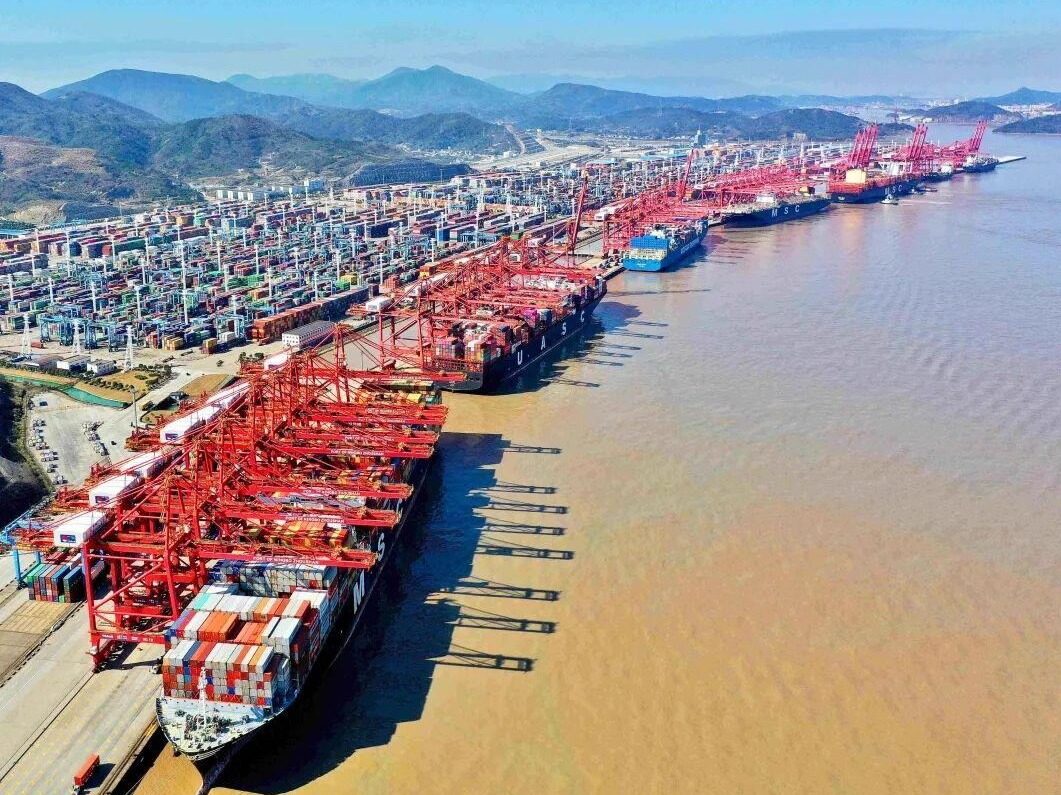
China has more than 5,800 large and small rivers with a total length of more than 420,000 kilometers. The mileage that has been opened as a channel is about 100,000 kilometers, of which more than 70,000 kilometers can be used for navigable motor vessels, which is almost the total length of the three inland waterways of Britain, France, and Germany. 3 times. China's self-operated inland shipping began in the 1870s, with the Yangtze River system accounting for the largest proportion, followed by the Pearl River system.

China inland waterway traffic map

Distribution of China's main inland ports
The Yangtze River is the golden waterway with the world's largest inland waterway in terms of freight volume. It is a major transportation artery connecting China's southwest, central and east China's three major economic regions. The main ports along the route include Chongqing, Yichang, Shashi, Chenglingji, Wuhan, Huangshi, Jiujiang, Anqing, Wuhu, Ma'anshan, Nanjing, Zhenjiang, Zhangjiagang, Nantong, Shanghai, etc.
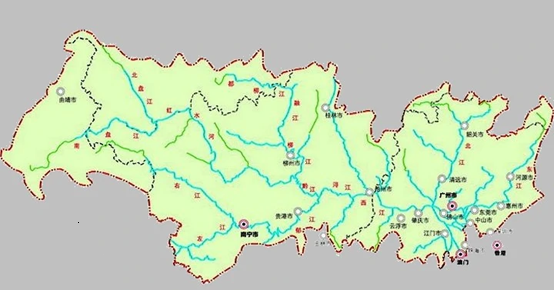
The Pearl River is a major water transport artery in South China with Guangzhou as its core, and its navigable value is second only to the Yangtze River. The navigable mileage is only 1/3 of the length of the river, of which only 1/6 are navigable motorized vessels, which still has great potential for development. The Xijiang River is the main inland waterway of the Pearl River system.
Development of inland ports
In 2020, China's inland river ports will complete a cargo throughput of approximately 5.07 billion tons, and the year-on-year growth rate has dropped sharply from 19.4% to 3.7%. On a quarterly basis, in the first quarter, due to the dual impact of the new crown epidemic and the suspension of work during the Spring Festival, the domestic trade market's supply and demand weakened strongly. The year-on-year growth rate of inland port throughput in the first quarter fell sharply by 27 percentage points from the ultra-high growth rate in the fourth quarter of 2019; As the domestic epidemic was effectively controlled in the second quarter, the country gradually resumed work and production, and the throughput of inland river ports has steadily rebounded; the growth rate of inland river port throughput has been boosted by the new development pattern of "mainly internal circulation, dual circulation mutual promotion" Rise to a relatively high growth rate of 13.7%.

The throughput trend of China's coastal/inland river ports from the first quarter of 2018 to the fourth quarter of 2020
The development of the ports on the Yangtze River's trunk line has generally shown a pattern that is compatible with the economic and trade scale of the area along the Yangtze River. At present, there are 8 shipping centers built or deliberately built on the Yangtze River. However, the formation and development of shipping centers requires a long-term process. It requires government support, industrial coordination, and more importantly, it needs to be established in economic geographic locations and transportation locations. On the basis of this, the core of the Yangtze River Shipping Center is embodied in the function of a shipping service hub. Therefore, it is difficult to form multiple shipping centers on the Yangtze River Channel.
Shanghai is an international shipping center located at the mouth of the Yangtze River, so who can truly become another shipping center on the Yangtze River's main channel? The answer is unknown. There are limitations in the layout of some ports and terminals, and there is no suitability and rationality for the development and utilization of port shoreline resources. For example, some ports are unreasonable in the utilization of the port-friendly shoreline, they are only arranged along the main channel side, and the port-friendly shoreline on the side of the non-main channel has not been developed and utilized; there is homogeneity competition in some regional ports, and the layout of some port areas is repetitive. Two shorelines with a channel length of only tens of kilometers are equipped with operating areas with the same function, and the actual transportation volume is far less than the throughput capacity of the wharf, resulting in low utilization efficiency of the shoreline.
The Pearl River system includes the Xijiang River, Beijiang River, Dongjiang River and the Pearl River Delta inland river network. At present, the development of the Xijiang River and the Pearl River Delta inland river network is relatively mature. Therefore, the competition among inland ports in the Pearl River system is mainly the competition between the West River and the inland ports along the Pearl River Delta. In 2020, the annual cargo throughput of the Xijiang shipping trunk line reached 1.05 billion tons, a year-on-year increase of 5.1%; the Pearl River water system ports completed a cargo throughput of 740 million tons, a year-on-year increase of 6.4%. According to statistics from the Ministry of Transport, in 2020, Foshan Port, Jiangmen Port, Zhaoqing Port, Guigang Port, Wuzhou Port and other major inland ports in the Pearl River system will have a container throughput of 7.97 million TEUs, which are the main feeder ports for the two major sea ports. In the latest 2020 data released in 2021, Jiangsu is the largest province, more than all the others combined.
Who is the star of tomorrow?
The port circle believes that the port with the most potential in the Yangtze River Basin should be Taicang Port. As the unique golden coastline of the inland rivers of the Yangtze River, Taicang Port has maintained a continuous growth rate of more than 25% in its container throughput and cargo throughput in recent years. With the advantage of its location close to Shanghai International Shipping Center and Free Trade Zone, it actively cooperates with Shanghai Port. The division of labor, the establishment of the Waigaoqiao river-to-sea transit platform, the opening of the “Shanghai-Taiwan” express route with Shanghai Yangshan Port, and the integration of customs clearance with Shanghai Port, thereby boosting the port’s foreign trade and regional imports. Export development. At the same time, relying on the developed economic hinterland city of Suzhou City, Taicang Port vigorously develops port-side industries and port-side economy, and builds port-side new cities such as Changshu and Taicang to realize the joint development of port-industry-city, showing a good development trend. Then Nantong Port and Nanjing Port are tied together. The cargo throughput of these two ports has exceeded 200 million tons, and the construction conditions of the ports and the economy of the port city in which they are located are generally in the first phalanx in Jiangsu.
Nantong Port is located in the confluence of rivers and seas, with obvious river coastline resources and geographical advantages. The port started early. In the new round of national port planning, it was listed as one of the 25 main hub ports in the country and the "Development Plan for the Yangtze River Economic Belt" One of the ten key ports. In recent years, Nantong Port has focused on port integration, promoted land-sea coordination, river-sea linkage, and integrated the resources of various port areas, forming a spatial pattern of "one port and eight districts", developing from a local inland river port to a river-sea combined transport port.
The Port of Nanjing is located at the westernmost point of the ports along the upper reaches of the Yangtze River in Jiangsu. With the opening of the 12.5-meter deep water channel below the Yangtze River in Nanjing, Nanjing Port connects the middle and upper reaches of the Yangtze River, and its role as a hub connecting the east and the west is becoming more and more prominent. In addition, Nanjing, the political and cultural center of the province and the second economy, is still an important support and rear position for the development of Nanjing Port. The relevant indicators of Nanjing Port are much higher than those of surrounding ports. Its strong core competitiveness determines that Nanjing Port is the port of Jiangsu. An important hub position.
As the largest inland river main hub port on the upper reaches of the Yangtze River, Chongqing Port is naturally also on the "Star of Tomorrow" list. Chongqing is the country's sixth largest industrial base. Automobiles and motorcycles, equipment, chemicals, materials, electronics and other industries have certain advantages at home and abroad, laying a good economic foundation for the development of the port and the organic integration of related industrial clusters. In addition, the State Council has formally approved Chongqing to establish China's first inland bonded port area. The State Council’s "Several Opinions of the State Council on Promoting the Overall Planning of Urban and Rural Reform and Development of Chongqing" requires Chongqing to build a comprehensive transportation hub and a major international trade channel in the upper reaches of the Yangtze River. It is a national logistics hub city and a core city in the southwest logistics region, with four national logistics channels.

After talking about the "Rising Star" of the "Yangtze River School", the next one is Guigang, the leader of the "Pearl River School". In 2020, the throughput of Guigang Port was 10552 tons, a year-on-year increase of 30.9%, accounting for 64% of the throughput of Guangxi inland river ports, ranking first in both the Pearl River system inland rivers and Guangxi inland river ports. It is said that the preciousness of Guigang lies in Hong Kong. The plains and ports, especially the transit ports of the Golden Waterway, are indeed a gift from God to Guigang. Guigang has formed strategic emerging industries and various professional markets such as new energy vehicles, new generation information technology, biomedicine, intelligent equipment manufacturing, fine chemicals, new materials, etc. The port productivity has increased substantially, and production has continued to rise. The strategies that Guigang has unearthed based on its own characteristics to more effectively maintain its advantages in attracting and developing industries are rare in other places.
The last "star of tomorrow" is Foshan Port, the most important inland port in the Pearl River system of Guangdong Province. Foshan is adjacent to Guangzhou. It can fully accept Guangzhou's radiation and drive, share transportation network resources, financial capital resources, human resources and information resources with Guangzhou, realize industrial linkage and functional complementarity, accelerate the process of regional economic integration and urbanization, and build a "wide Buddhism Metropolitan Area". Water transportation is the main component of Foshan's comprehensive transportation system, especially in foreign trade transportation, container transportation and coastal port collection and distribution. Editor/He Yuting
Comment
 Praise
Praise
 Collect
Collect
 Comment
Comment
 Search
Search



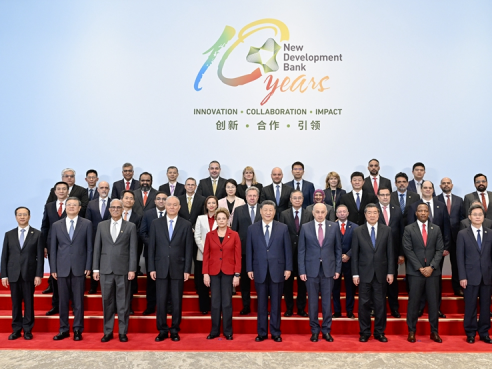
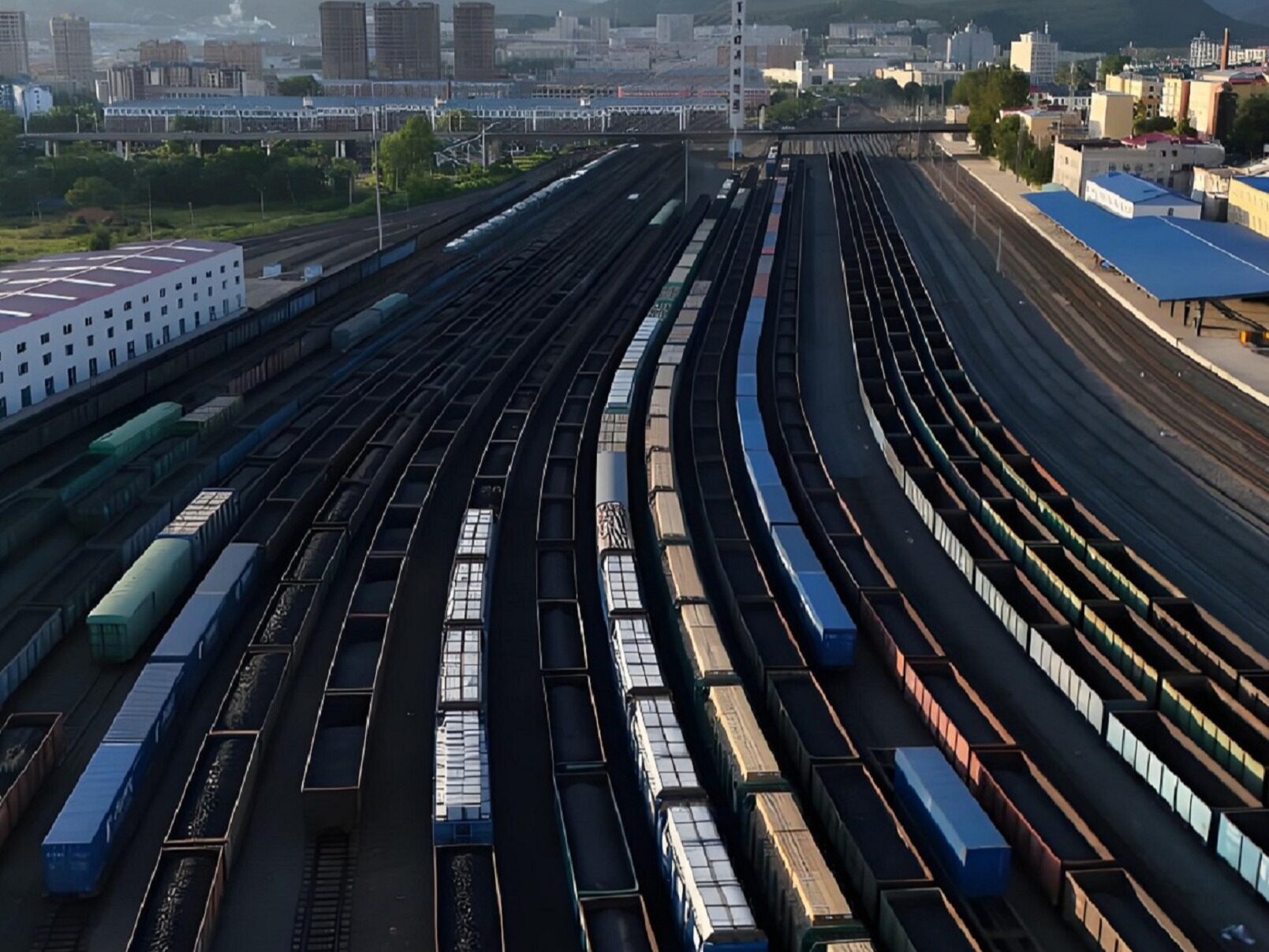
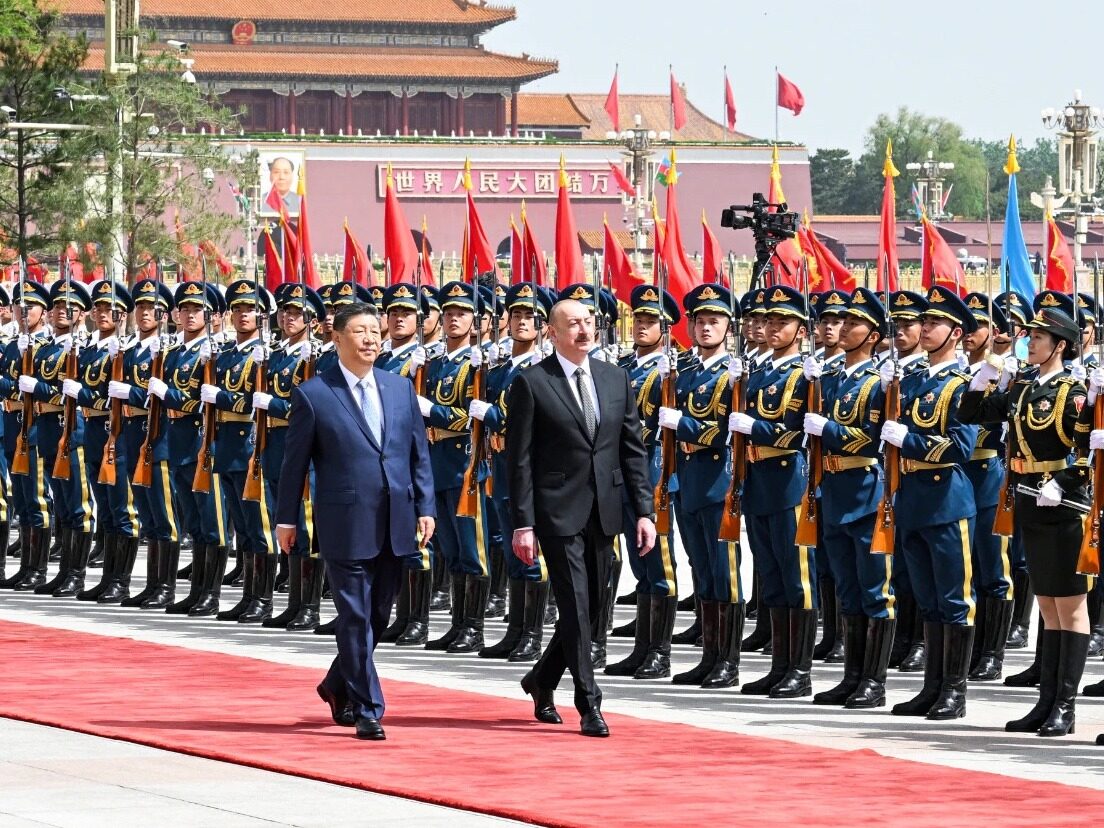

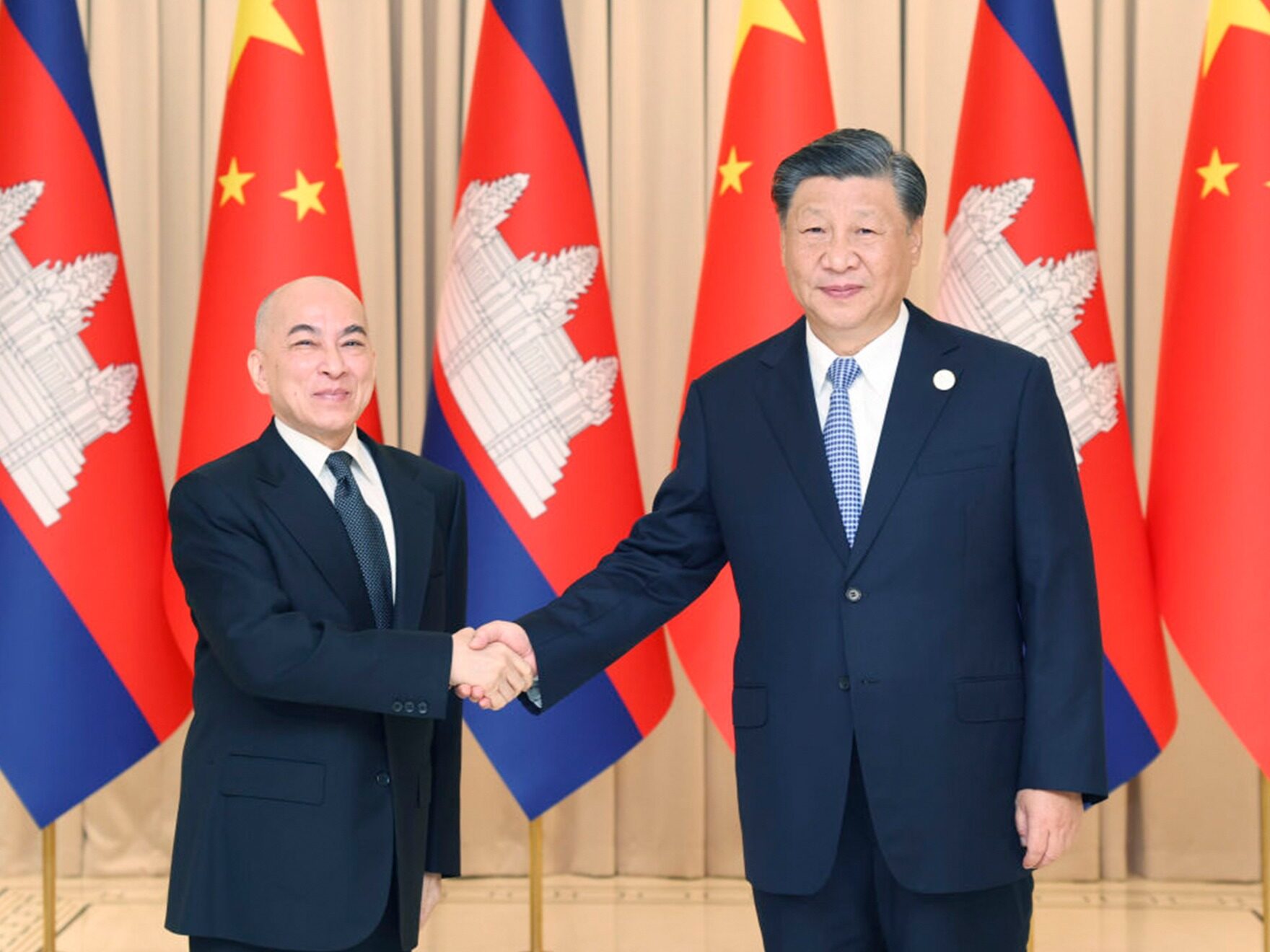






Write something~